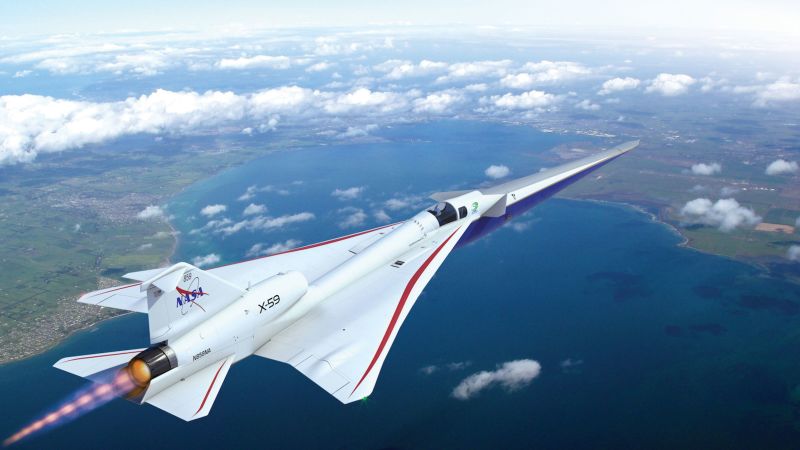In July, Lockheed Martin completed the build of NASA’s X-59 test aircraft, which is designed to turn sonic booms into mere thumps, in the hope of making overland supersonic flight a possibility. Ground tests and a first test flight are planned for later in the year. NASA aims to have enough data to hand over to US regulators in 2027.



Just because a river flows south doesn’t mean you couldn’t find an eddy in the currents that flows north for a few seconds.
But the water still has nowhere to flow but south. If the cost was less than expected return, these companies would do this research internally. Even if for just one moment, one tiny aspect of the program did make a profit, it wouldn’t change the nature of the system.
But we’re not talking about the nature of the system here, we’re talking about this specific instance.
And I don’t agree they’d necessarily do it internally, sometimes talent is the biggest blocker, not money. They can contract out a team of highly qualified engineers from NASA for a project here and there, when they need it. Hiring people is extremely expensive and having those people do nothing between projects is even more so.